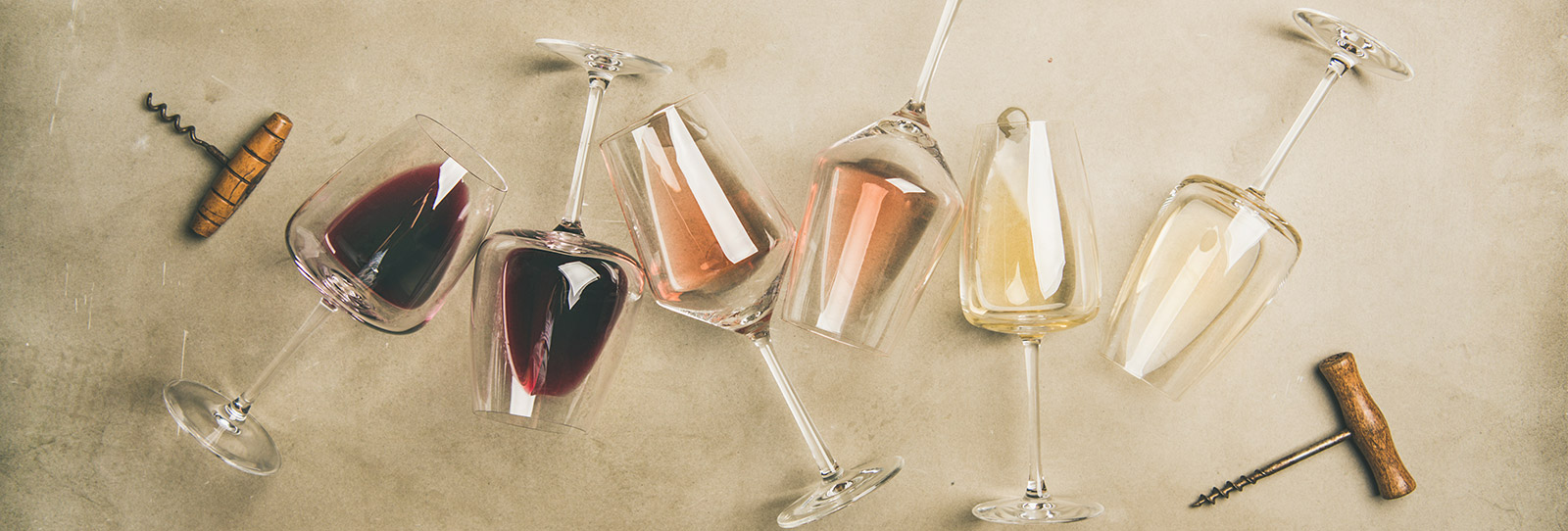Care of Restaurant Glassware

Restaurants use lots of different types of glassware. A side glass for water, a beverage glass for juice and soda, and wine glasses for white and red wine. The amount of glassware any one restaurant can go through in a day can be quite mind-boggling. So, not only is it important to have plenty of glassware on supply for the constant demand, it’s even more important to take proper care of what you own.
Aside from breakage, restaurant glassware can experience thermal shock and mechanical shock, both of which can cause stress on the glassware, eventually resulting in breakage. Minimizing these two factors can greatly decrease the need to replace glassware.
Thermal Shock
Since glass holds temperature, a rapid change in temperature can cause enough stress to result in breakage and that is called thermal shock. The cracks that result from thermal shock usually form around scratches caused by thermal shock, increasing the chances of breakage
Tips: A glass that has held ice should not go directly into the dishwasher; a glass should not go directly from the dishwasher into service; and cold water or ice should not be put into a warm or hot glass. Also, always pre-heat glasses with hot water when pouring hot drinks. This can be done by pouring hot tap water into the glass, then pouring it right out.
Remember: Glass needs to reach room temperature before being taken to any other extreme, and the thicker or heavier the glass, the more time is needed to achieve this.
Mechanical Shock
Mechanical shock occurs when glassware comes in direct contact with another object, such as a spoon, beer tap, china, or even other glasses. You may not immediately notice the results of mechanical shock, which are small abrasions invisible to the naked eye, but they tend to weaken the glass, making it more susceptible to breakage.
Handling GlasswareWhen your wait staff and bussing staff follow these easy rules for handling glassware, it will last longer than you might expect.
Rule 1: Never stack glassware. Stacked glasses run the risk of toppling over and if they do, the whole stack can break.
Rule 2: Never carry glassware in "bouquets". A bouquet is when multiple glasses are carried in one hand. Holding them in a bouquet causes friction and damage to your glassware.
Rule 3: Always use a glass rack to hold glassware. Bussing directly into divider racks greatly decreases the chance of breakage.
Rule 4: Avoid using glassware right out of the dishwasher, rather allow it to dry and cool before use. When you put ice in a warm glass the rapid change in temperature can crack or break the glass (thermal shock). If you let the glass cool and dry first, you will not only protect against breakage, you will also avoid water spots.
Rule 5: Never use glassware for anything but serving drinks or desserts. Don’t use it to store items, such as flatware, or to scoop out ice as it could result in chipping, cracking or breaking the glass. Use a flatware cylinder for your flatware and an ice scoop to scoop out ice.
Rule 6: Make sure that you have the appropriate glassware on hand for the types of drinks you serve, and always have an adequate back-up supply of glassware for rush periods.
Rule 7: Never serve beverages in chipped or cracked glassware. Not only does a chipped and cracked glass look second rate, it is also dangerous for both your customers and your staff. Chips indicate that the glass has weakened and can break, chip or crack further. You can never be sure when a chipped glass will actually break, so the best practice is to remove these items from service immediately.
Rule 8: Always dump ice out of glassware before sorting into bus trays. Always dump ice and let glassware reach room temperature before washing.
Rule 9: Always use the correct rack for cleaning dishwasher glassware to ensure that various pieces of glassware do not touch each other.
Rule 10: When washing glassware by hand, bring one item at a time into the sink, and wash under water, without allowing the glassware to come in contact with the sink bottom on its own (i.e. don't float the glass, because when it fills with water, it will drop and can hit the bottom abruptly).
Golden Rule: Always handle glassware gently and quietly.
Storage
Always store glassware on shelving designed for glass drinkware. If you use hanging glass racks, ensure that they are installed with enough distance between the racks that glasses will not touch each other, as that will weaken the glass. If you store your glasses on shelves, use bar liners to add traction and prevent spliilage, and store your glasses upside down, with enough space between each item, so you can easily remove one without knocking into other glasses. You can also install glass racks with guides, that